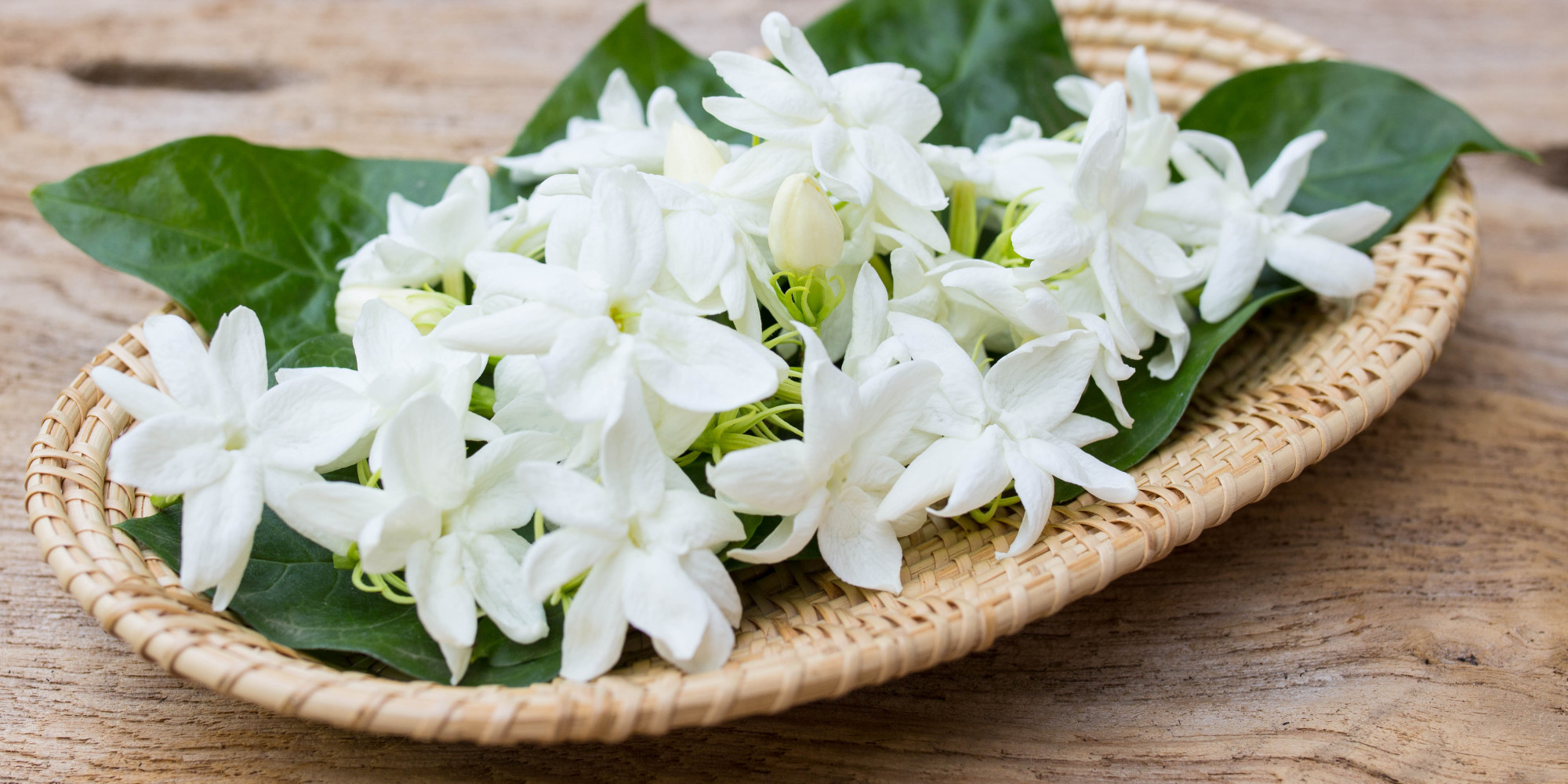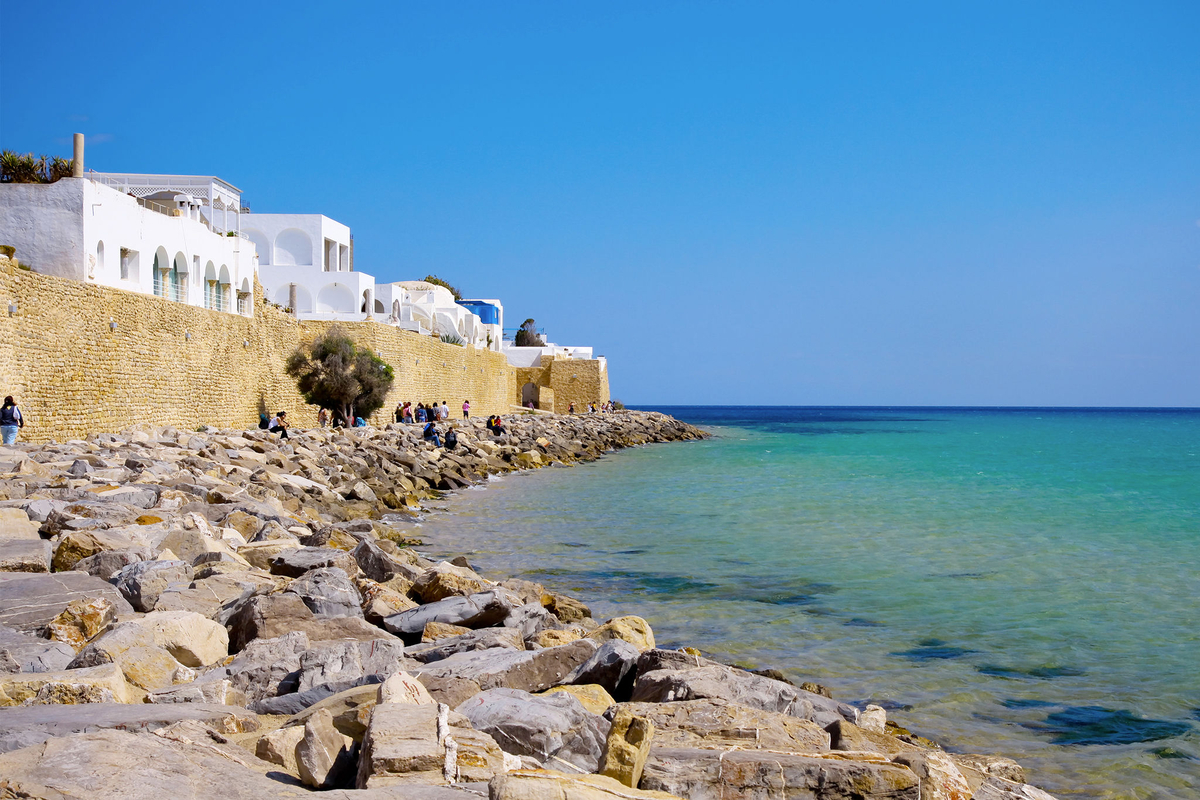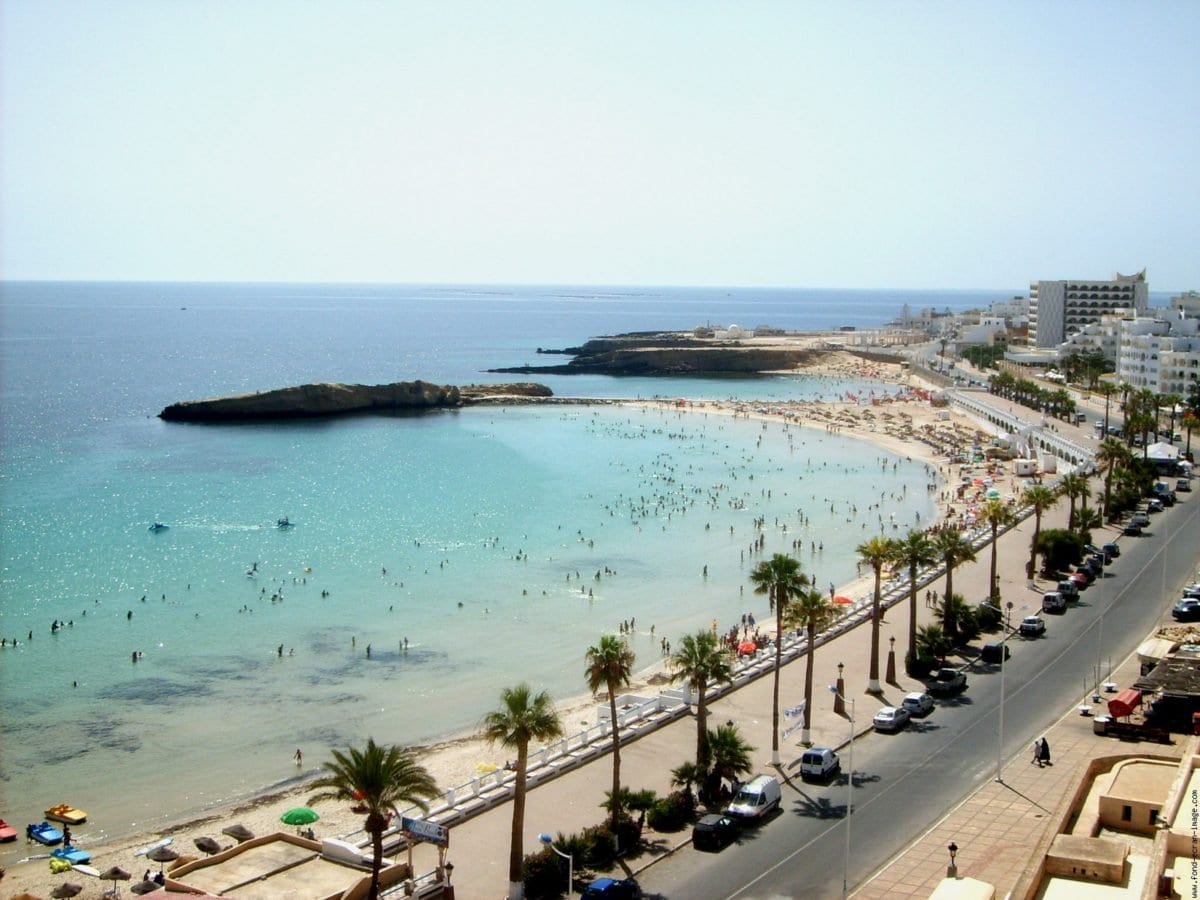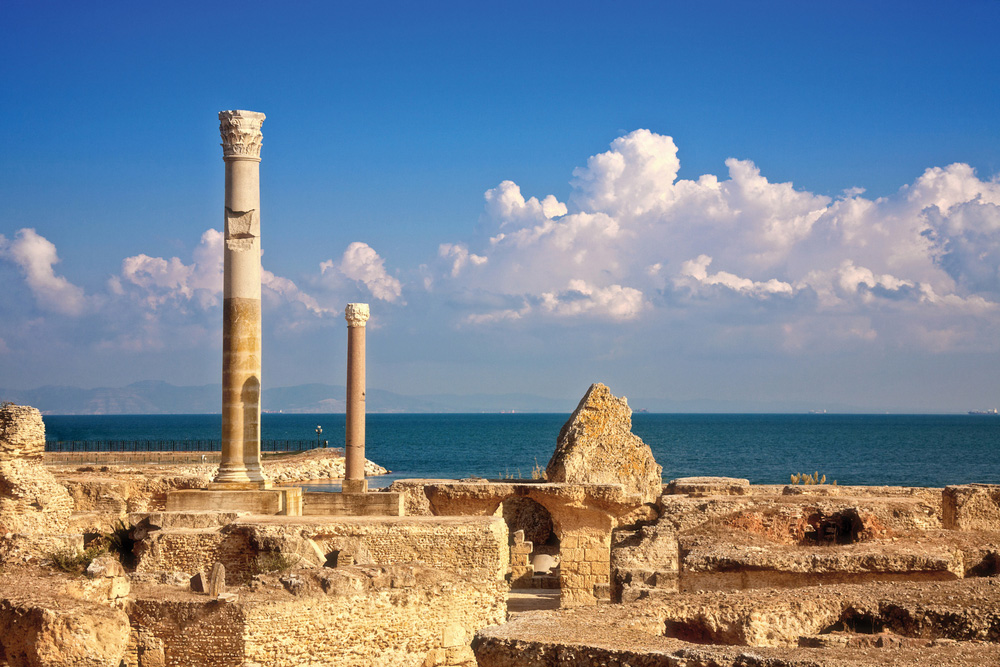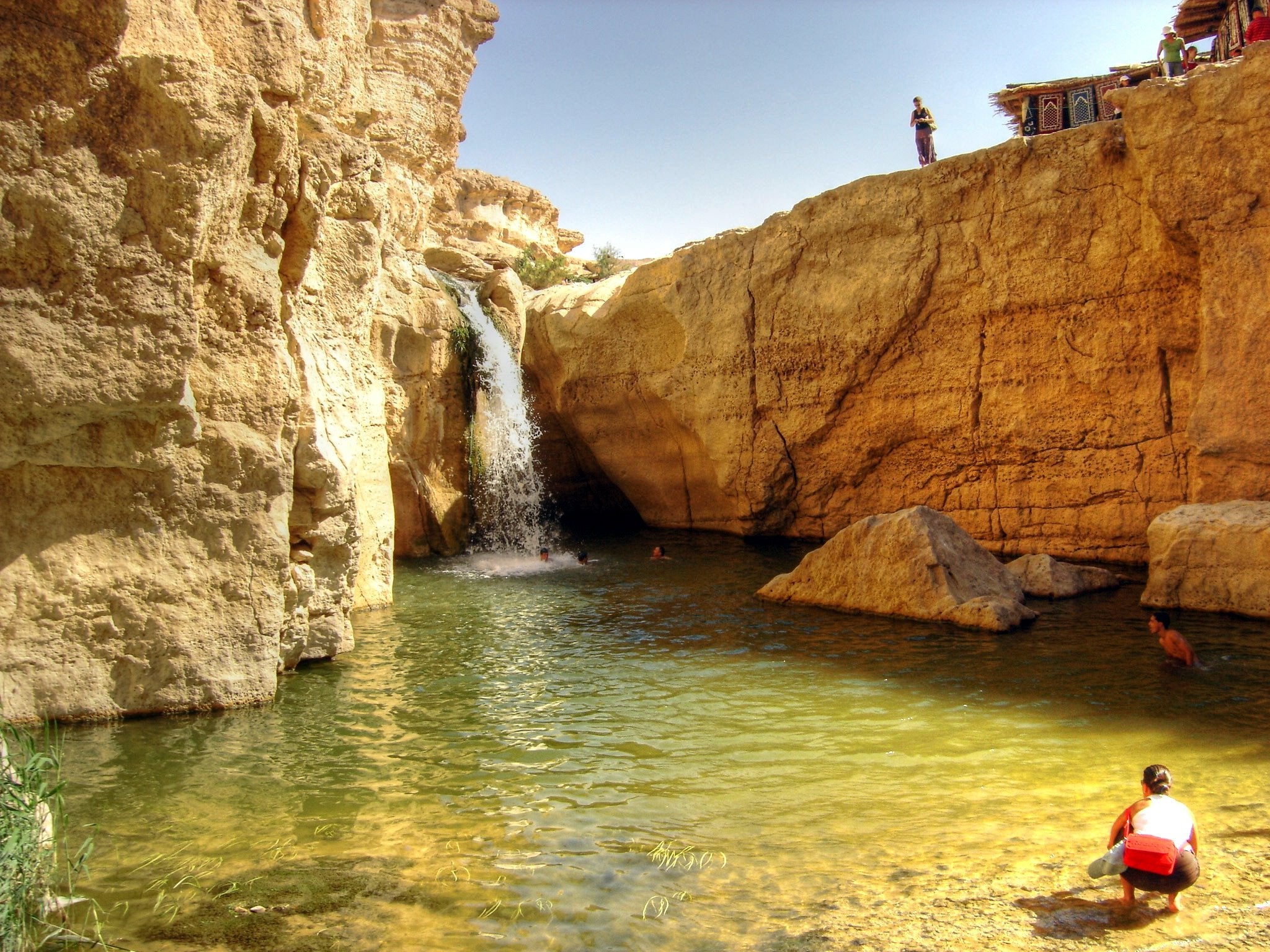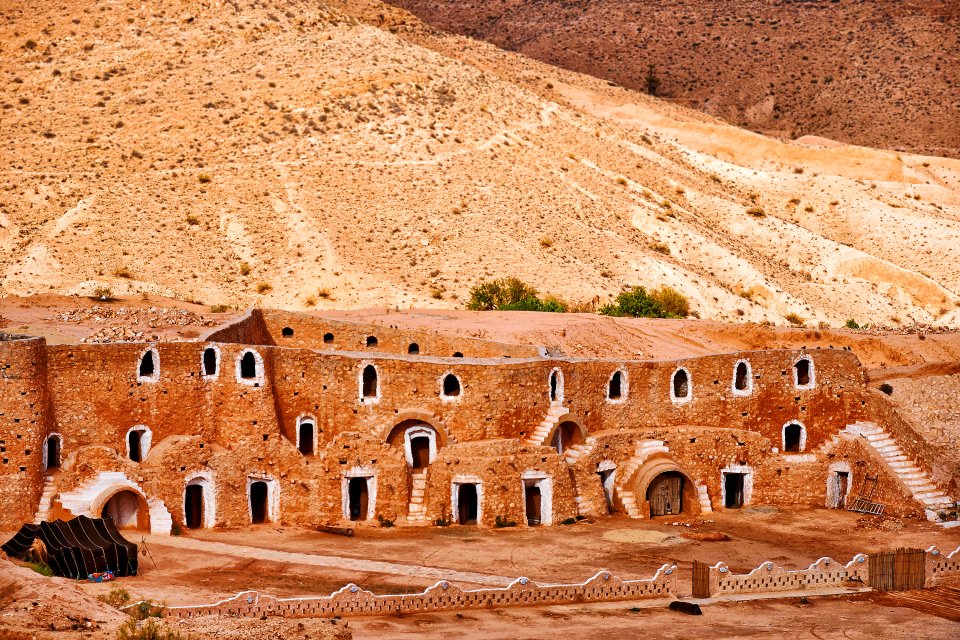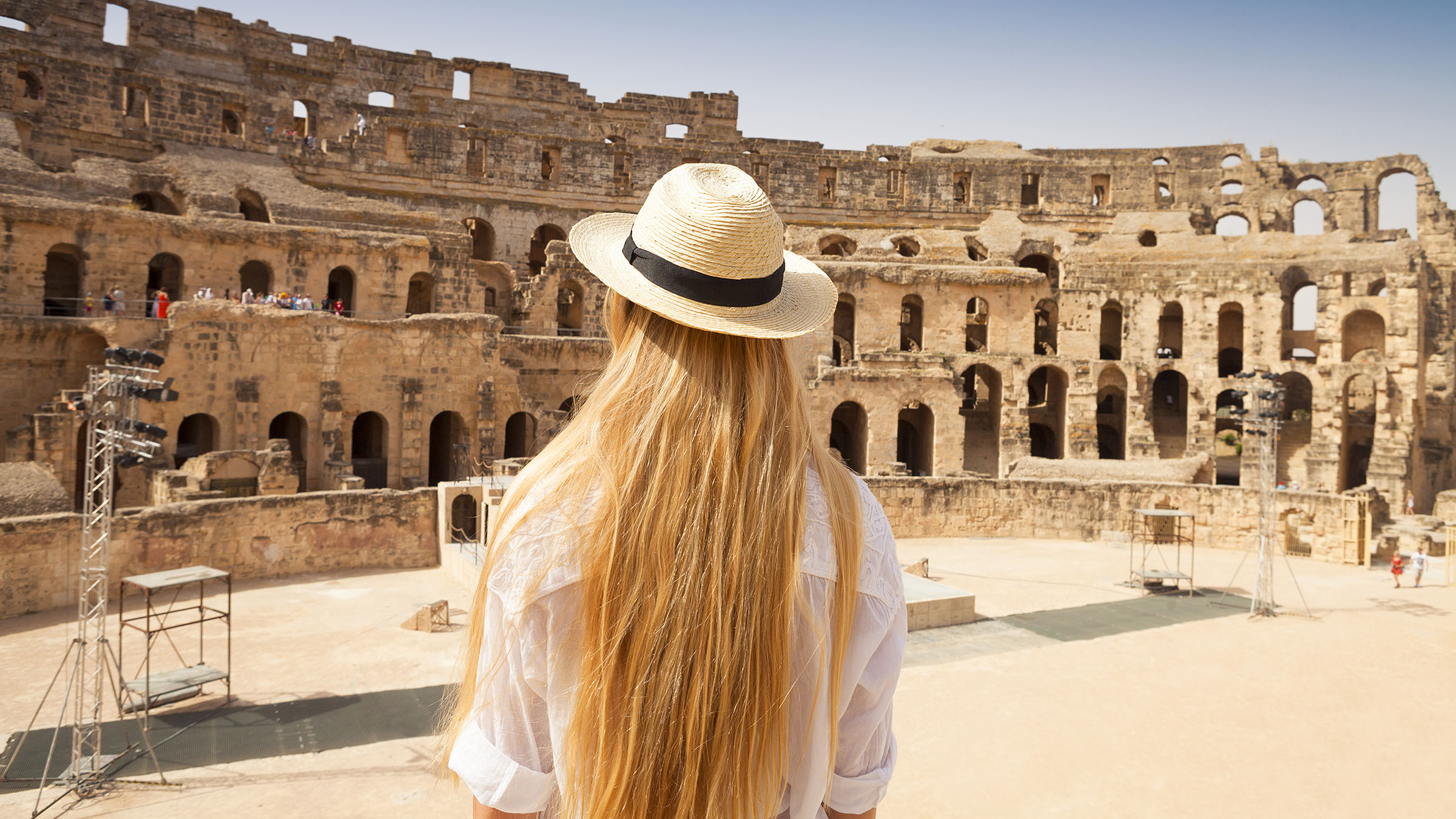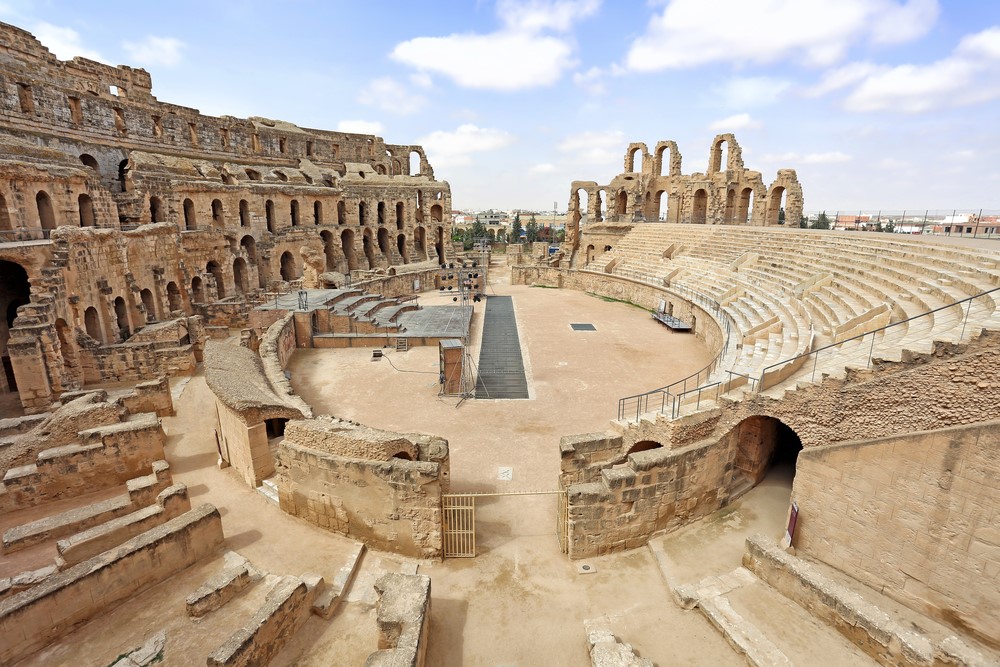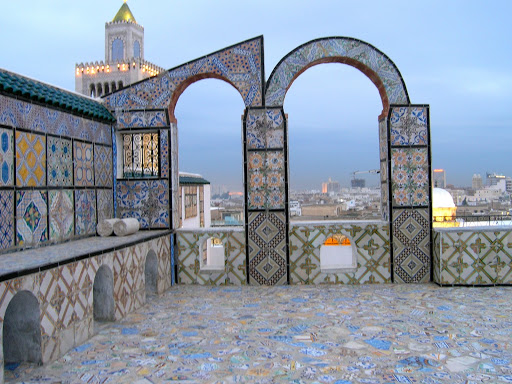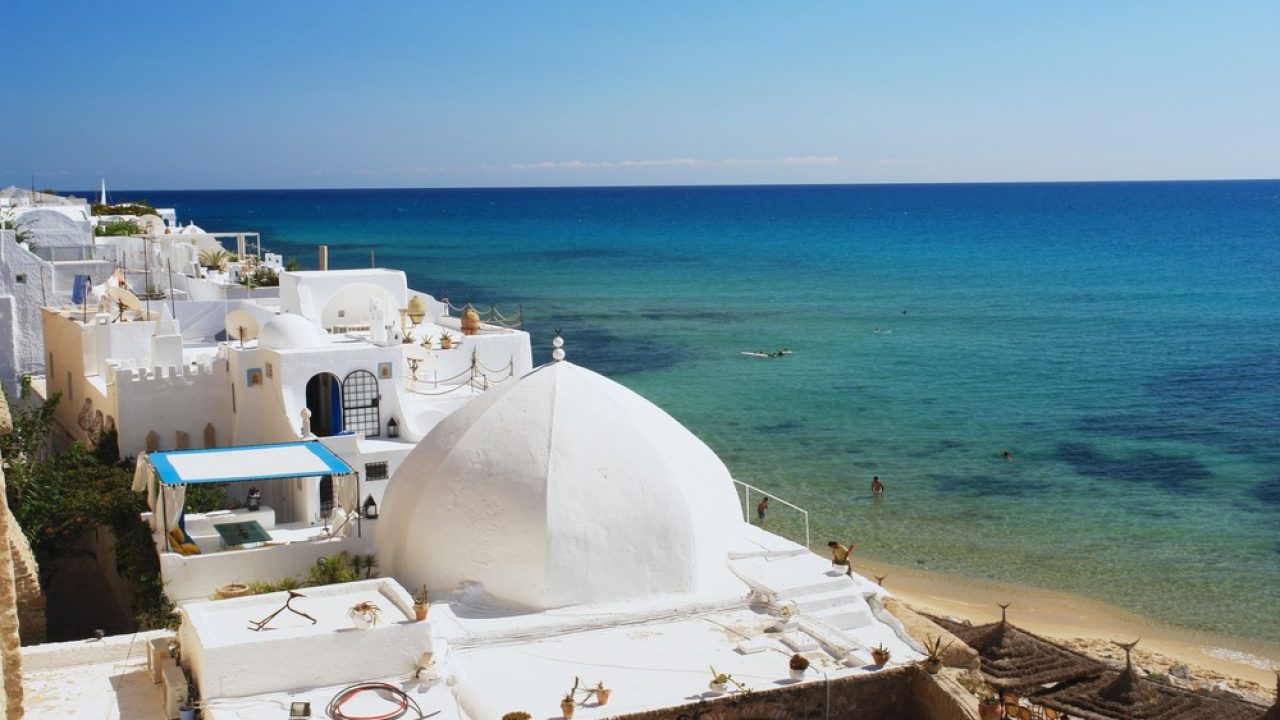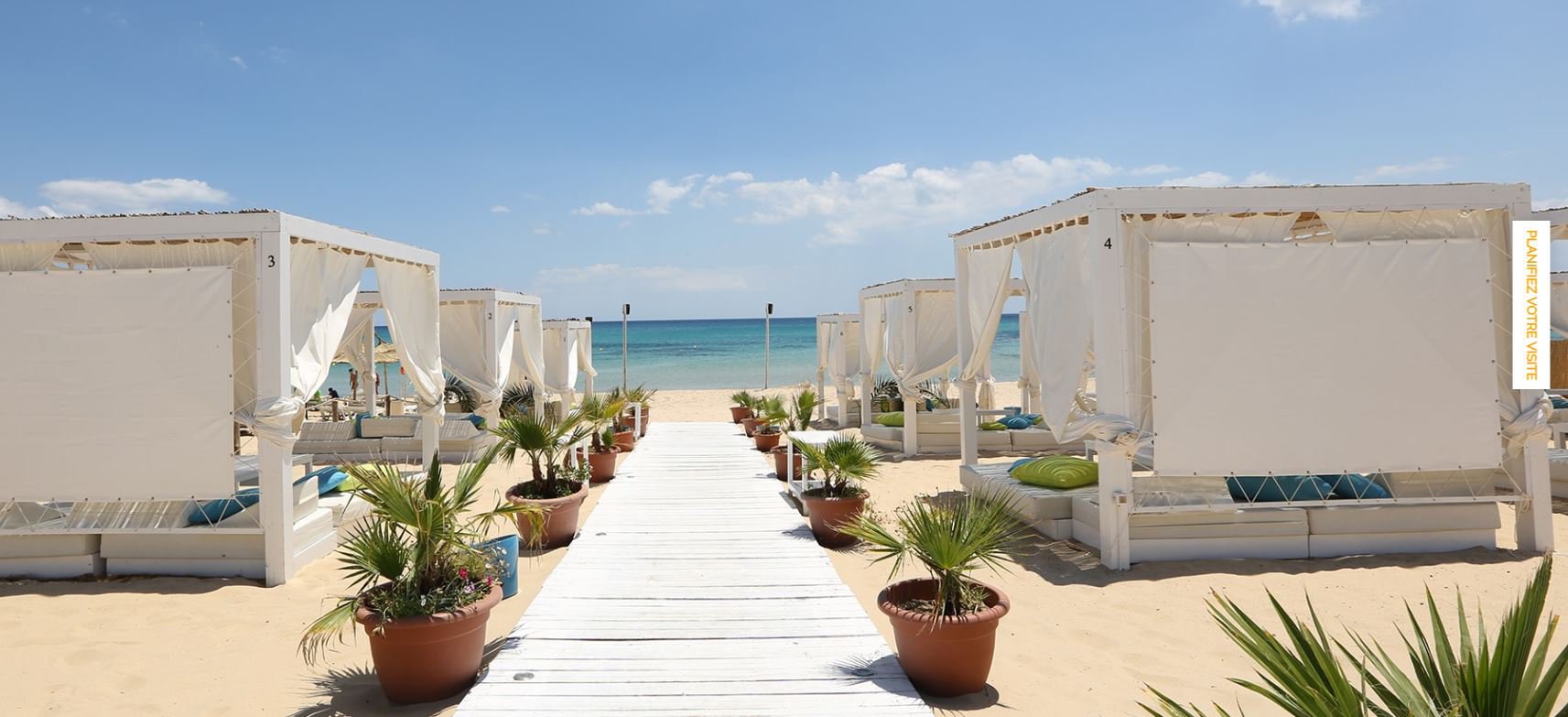Program 11 days: Tunisian Tour
Day 1: Arrival to Tunis:
-Personalized welcome by BTE Voyages DMC WORLD TUNISIA, staff at Tunis Carthage airport.
-Transfer to hotel in Tunis downtown with our professional guide.
-Dinner & overnight at hotel.
Day 2: Carthage / Sidi bou Said / Bardo / Medina:
-Meet with our guide at the lobby of the hotel. Proceed to Carthage, founded by the Phoenicians in 814 BC. The earliest settlements of Punic Carthage can still be seen on Byrsa Hill, just below the renewed Carthage National Museum.
The most remarkable early remains are the two basins of the Punic Ports, an evidence of the Carthaginian mastery of the seas, which fascinated and frustrated the Romans. Another important site of pre-roman.
-Proceed to Sidi Bou said: Perched high atop a cliff overlooking the Mediterranean, this picturesque village is a delightful place for a leisurely stroll through winding cobbled streets. Its trademark white walls, contrasting sky blue doors and ornate window grids, make for a wonderfully inspiring setting.
Wander around the boutiques for souvenirs or relax at a cliff-side Moorish café.
After having lunch at a local restaurant, transfer to Bardo.
The Bardo museum is housed in the Bey of Tunis’ former palace. Famous for its Roman mosaics taken from archaeological sites all over the country, it is widely considered one of the best collections in the world. Just when you think that you’ve seen the best, the next room reveals something even more wondrous! Though the Bardo is primarily about mosaics, it also houses the most important finds from Tunisia’s archaeological sites.
-Continue to the Medina one of the best preserved Islamic cities in the world. Walk through the meandering streets, viewing the architecture of some residential quarter, as well as the activity and excitement of the souks. Also see the great Mosque of Djamaa-ez-Zitouna, walking through Souk Echaouchine (Traditional cap makers market) and Souk El Attarine (Perfume market) .
-Return to hotel.
-Dinner & overnight at hotel.
Day 3: Dougga /Tunis:
-After breakfast, departure to Dougga 100 km from tunis. Visit of the archeological site of Dougga, one of the best-preserved roman cities in Africa. Built on an elevated site overlooking a fertile plain, Dougga was the capital of Punic and Roman states. Listed in 1997 in the UNESCO World heritage List, Dougga was originally a Punic town, which allied with Roman against Carthage and as a result of that was granted some degree of independence. Romanization started in 150 AD.
Dougga become an influential agricultural center, controlling important trade routes to the coast (Carthage). Dougga also has important marble quarries and fresh water supplies, which made it prosperous.
-Lunch at local restaurant Dar Ejdoud (tasting Tunisian food for the region).
-Return to Tunis:free day at leisure.
-Dinner & Overnight at hotel.
Day 4 : Hammamet – Sousse - Monastir - El Jem – Sfax:
Departure to Hammamet. Originally known for its large number of hammams (traditional Moorish public bathhouses), Hammamet has grown into one of Tunisia’s most popular tourism centers. Its attractions include a small but well-preserved medina, wide sandy beaches, and lots of colorful tourist shops. Then visit of the fortress of Hammamet.
Hammamet has attracted many artists including Paul Klee, Andre Gide and Frank Lloyd Wright, amongst others. Many modern artists have built their homes and studios on Hammamet’s warm shores.
-Continue to Sousse: the third largest city in Tunisia and the largest resort town.
The port city of Sousse is set in a convenient central position on the eastern coast. Impressive ancient ramparts surround the old town. The 9th century Ribat is one of the chain of fortified monasteries built to defend North Africa from Christian attacks. Its watchtower gives a splendid view over the medina, as the garden terrace of Sousse museum does.
-Proceed to Monastir. Departure to the town’s centre, where a grand cemetery ends in a domed palace-like structure. This is the mausoleum where Habib Bourguiba, Tunisia’s first president, was put to rest. At times, the medina feels more like a museum than the centre of a bustling modern town. This impression is enhanced by the old Ribat (fortress) opposite the Bourguiba mausoleum. This Ribat is an example of successful restoration as it has preserved the ancient aura about it. The Ribat has been used as a location for films such as Life of Brian and Life of Christ due to its photogenic nature.
-Lunch at a local restaurant.
-Departure to El Jem. El Jem’s amphitheatre is the main attraction and is one of Tunisia’s most often visited sites. This monumental amphitheatre, built in the mid 3rd century AD (230-240 AD), is the largest Roman monument left in Africa, and ranks 3rd in the Empire after those of Rome and Verona. Being one of the last large amphitheatres built during the Roman era, its architectural design is an improvement over that of the Coliseum of Rome, though it is not a great deal smaller.
-Continue to Sfax.
-Dinner & overnight at hotel.
Day 5 : Sfax – Matmata - Djerba:
-After breakfast, departure to Djerba island via Matmata. The visit starts with the visit of troglodyte houses of Matmata, houses built underground to protect the Berbers from intense heat in the summer.
Berber villages are among the most exiting places to explore in Tunisia. One of these fabulous Berber villages with its pitted lunar landscapes was the set of the Spielberg’s movie Raiders of the Lost Arc and Lucas “Star Wars”.
-Continue to DJerba. Crosing the ferry.
-Lunch in a famous restaurant of the region.
After lunch, The visit starts by The synagogue, The Ghriba Synagogue is thought to be one of the oldest Synagogues in the world. While the upper building was reconstructed in 1920, the synagogue stands on an ancient stone said to have fallen miraculously from the heavens. The interior is beautifully decorated with blue tiles and plaques commemorating families who have made donations. This synagogue houses one of the oldest Torahs in the world brought with the fleeing Jewish population after the destruction of the Temple of Solomon.
-Continue to Houmet Essouk, the island’s capital, for a chance to experience local markets, crafts and foods, the museum of arts and popular traditions in Sidi Zitouni. A wonderful little museum contains a very good collection of traditional wedding costumes and jewelry originating from Muslim, Jewish, and Berber communities .
-Dinner & overnight at hotel.
Day 6 : Djerba – Tamezret – Douz:
-After breakfsat , the day starting by visiting the undergound moquee, the only mosque in the world. Then continue to Douz via Tamezrat . On the way stopping at roman road separating jerba island to the land. Continue to the small Amazigh village Tamezret visit the museum, lunch at Dar ayed.
-Continue to Douz.
-Check in at hotel Dinner & Overnight.
Day 7 : Douz - Tozeur –Nefta- Tozeur:
-After breakfast, departure to Tozeur via Chott el Jerid (a thousand square kilometres salty lake that has the look, on a sunny day, of the infinite polished surface of a mirror. Midway across Chott El Jerid, guests make stops to take photos of mirages
-Continue to Tozeur, visiting the Oasis of Tozeur: with its natural hot and cold springs and its hundreds of thousands of palmier trees.
-Lunch at local restaurant .
-Check in at th hotel,
-Afternoon proceed to Nefta to visit the corbeil and marabout. Return to Tozeur to admire the Medina, A delightful and compact medina referred to as "Ouled el Hadef". Unique locally traditional architecture uses relief bricks to create patterns.
-Continue to Dar Cherait museum which is a partially outdoor, and lay out like an amusement park. It features luxurious decorations and gardens with representative scenes of North African life.
-Dinner & overnight at hotel
Day 8 : Tozeur Chebika – Tamerza – Mides - Kairouan:
-After breakfast, let us invite you for a exciting promenade through the Selja Gorges.
Departure to Chebika by 4WD, a verdant mountain oasis overlooking a drop of hundreds of meters to the Oued El Khanga ravine and a superb waterfall, visit to the Mountain Oases of Mides and Chebika, which are perched in granite mountains above the Sahara and provided scenery for filmmakers in search of Bibilical landscapes (Indiana Jones: Raiders of the lost ark).
-Return to Tozeur .
-Lunch in Sahara Lounge.
-Proceed to Kairouan
-Dinner & overnight at hotel.
Day 9 : Kairouan – Hammamet:
-After breakfast, visit the ninth century great mosque of Oqba Ibn Nafi, an important reference point in Islam & Islamic architecture. Kairouan is the fourth holiest site in the Muslim religion (after Mecca, Medina and Jerusalem). It is said that 7 pilgrimages to Kairouan equates one pilgrimage to Mecca.
Kairouan was founded by Okba Ibn Nafaa thirteen centuries ago as the first Islamic city in the Maghreb. Today, though it has retained the peace of the provincial town, it boasts one of the Muslim world’s most prestigious monuments, the Great Mosque of Sidi Okba. Built only of plain bricks, marble and cedar wood, it features beautiful gilded ceramic works, an art practiced by 9th century Kairouan craftsmen. Nearby, the last two of the 9th century Aghlabite Basins which were among the greatest waterworks of the middle Ages. The basins are seen from the top of the Tourist Information Building and form an introduction to the foundation of Kairouan and its glorious age.
-Lunch at a Tunisian typical restaurant.
-Continue to Hammamet.
-Free time.
Day 10 : Hammamet:
-Full day free at leisure.
-Hammamet is often compared to St Tropez. The city preserves its picturesque character. You can enjoy spa at hotel.
-Dinner at the hotel.
Day 11 : Hammamet – Tunis:
-After breakfast, check in and departure to Tunis.
-Transfer to the airport to return back home.
 English
English
 Français
Français

